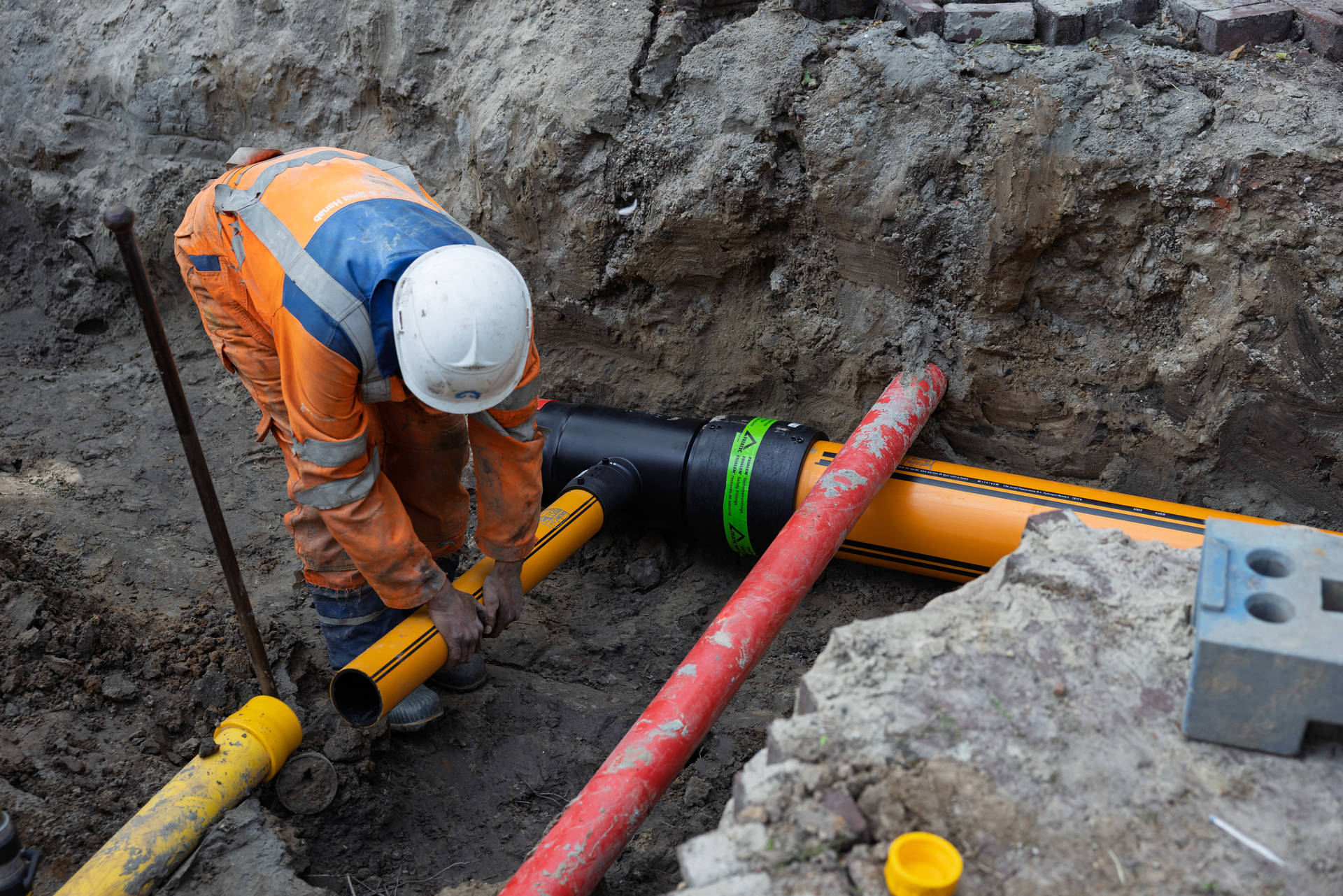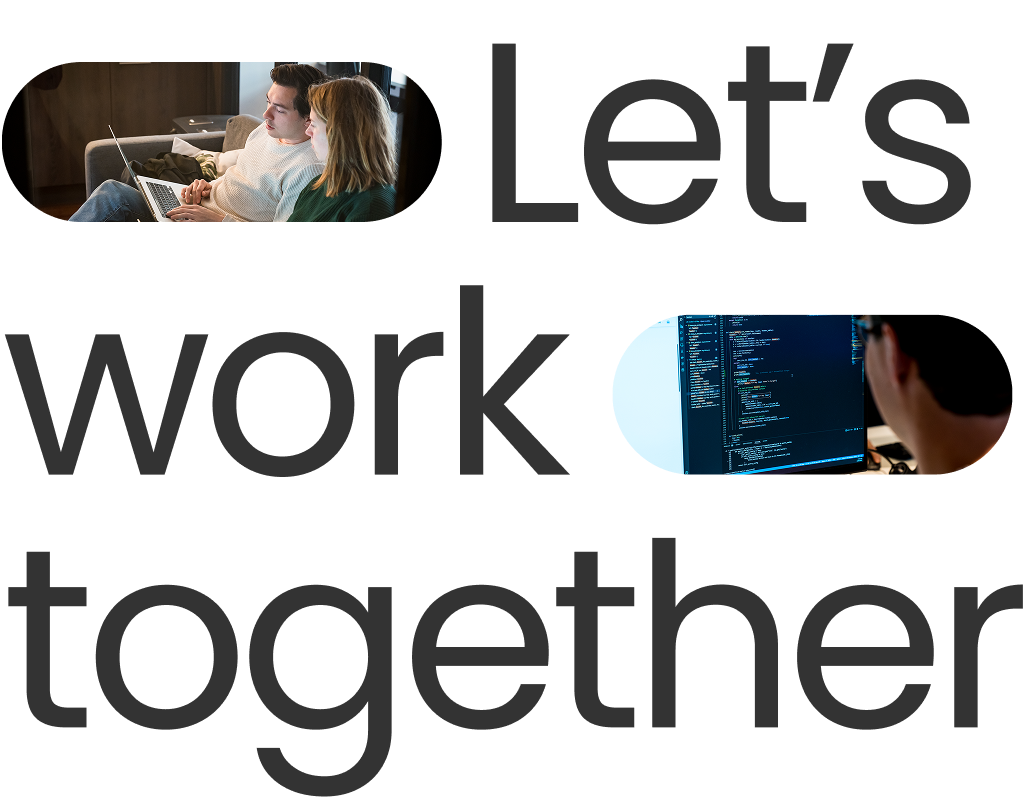

Every day, Enexis receives around 1,000 notifications of upcoming groundworks within its service area. Each notification represents a potential risk, unintentional contact with underground cables, especially with powerful excavating or drilling machinery, can cause widespread power outages, gas leaks, and significant threats to public safety, especially near sensitive locations like hospitals and schools. Enexis' prevention team, a group of about 20 domain experts, previously relied on their deep operational knowledge to manually prioritize which sites to visit and advise on risk reduction. However, the scale of notifications far exceeded their capacity: with only time to visit approximately 30 sites per day, there was a pressing need for decision support that could efficiently triage and guide their efforts.
Although there was already a risk prediction model developed internally, adoption had stalled. Stakeholders in the field felt the model lacked transparency, could not compete with their own intuition, and was further hindered by outdated data infrastructure following a migration to a new data warehouse. At the same time, regulatory expectations required Enexis to actively demonstrate and document risk mitigation measures. The need was clear: a trustworthy, explainable, and operational predictive tool, shaped by and for the people who would use it.
The project began with unlocking access to critical data. The proprietary mapping software initially used by Enexis for visualizing excavation sites did not allow the flexible data integrations needed for predictive modeling. To overcome this, a new data pipeline was engineered, connecting geospatial site notifications with Enexis' internal asset databases to identify exactly which cables ran through imminent excavation zones.
Early in the project, careful attention was paid to software engineering: modern standards were implemented for model tracking, validation, and scheduling, using tools like MLflow and Airflow. This provided a foundation that could not only train models and deliver daily or weekly predictions but also adapt swiftly as data sources or operational needs evolved.
A stepwise, iterative approach to user engagement was at the heart of the solution. Weekly meetings with the prevention team allowed for immediate feedback and hands-on collaboration. End users could flag unclear recommendations, suggest new risk factors, and continuously refine the model’s logic. This co-creation led, for instance, to the inclusion of contextual criteria like the presence of highways or railways, which would influence the urgency and safety protocols in the event of a cable strike.
Model-wise, the team implemented a probabilistic framework (using logistic regression and intuitive feature engineering) to score excavation notifications by risk. Rather than reducing outcomes to a simple yes/no, the system produced a prioritized list and summarized exposure in buckets such as ‘high’, ‘medium’, and ‘low’ to increase readability for the end user. Notably, explanations were embedded directly within outputs, highlighting which factors drove each risk score—such as proximity to a hospital, number of cables, or critical infrastructure nearby. This level of explainability proved key to user trust.
To address regulatory requirements and the dynamic nature of groundworks, the model was retrained on a frequent (weekly) basis, ensuring sensitivity to trends like increased fiberoptic installations or seasonal changes in excavation activity.
Feedback from Enexis staff indicates the new system has made it more straightforward to prioritize field inspections, allocate team resources, and document risk mitigation decisions. While quantitative measures of incident reduction or time savings were not captured during the engagement, there is a clear sense of increased adoption and trust—the prevention team now actively relies on model outputs as part of their daily workflow, with interventions and decisions that are both informed by data and explainable to stakeholders.
One of the most tangible advances has been in transparency: users can now see precisely why a site is flagged as high priority, with the underlying risk factors spelled out in descriptive categories. This not only supports decision-making but simplifies onboarding for new team members, reducing reliance on tacit knowledge. From a technical perspective, Enexis now benefits from an extensible solution: modern engineering standards have replaced fragile integrations, and risk modeling is embedded in resilient data pipelines ready for future enhancements.
Although Xomnia’s involvement concluded with delivery, the groundwork is set for Enexis to further assess the model’s performance as data accumulates and to refine operational policies in response. The collaboration stands as an example of bridging data science and operational expertise in high-stakes infrastructure environments.
Keywords
Grid safety, predictive maintenance, risk prioritization, data pipelines, geospatial analytics, utility operations, outage prevention, operational efficiency, explainability, data science adoption, stakeholder engagement, infrastructure risk, MLOps, Enexis
